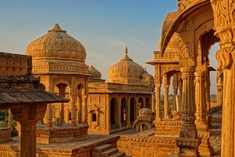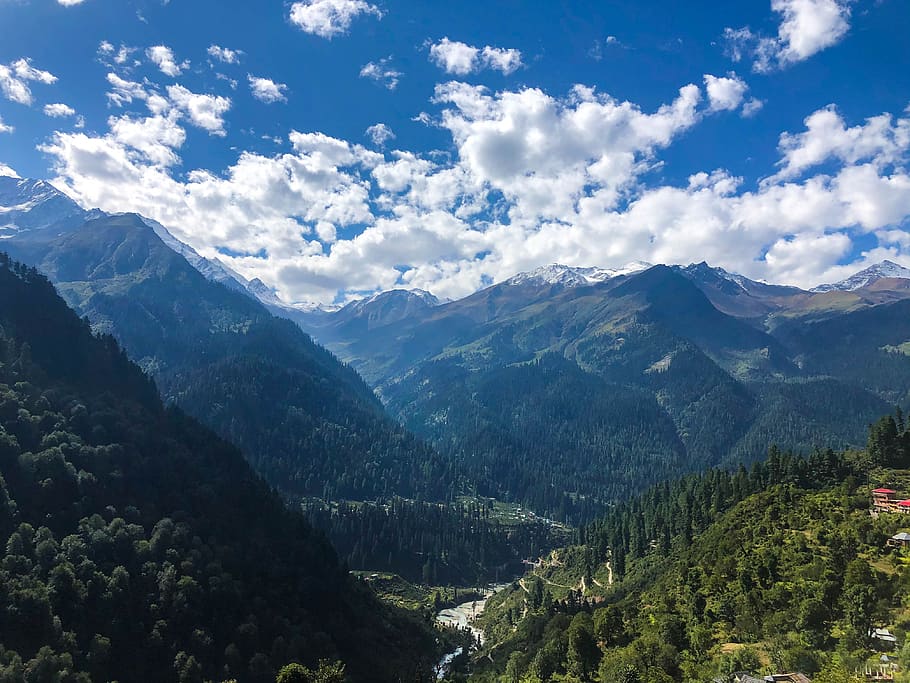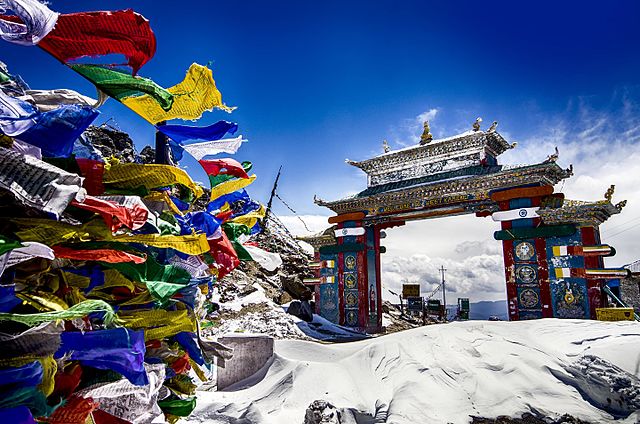
Geography of India
Blog by
First published: Monday July 6th, 2020
Report this blog
First published: Monday July 6th, 2020
Report this blog
+4
This blog is inspired by this blog by ABritishCat Go check out that too!
Brief Introduction
India is located in Southern Asia, at the head of Indian Ocean. It is sometimes also refers as Jupiter of South Asia. It is divided into 36 different first level subdivision, out of which 28 are states and 8 Union Territories. Indian Ocean, Arabian Sea and Bay of Bengal are the only Major Water Body bordering India. Kanyakumari, the southern most point of mainland India, is the point of confluence of these three water bodies.
Demographics
With a population of 1.38 Billion Peoples, India ranks second in population, just behind China. Uttar Pradesh, the largest state in India by population, alone has over 200 million of population, which is higher than countries like Russia, Bangladesh and Japan. The Largest Urban Area in India is Delhi, with population of about 30 Million, making it 5th largest Urban Area. India has the 6 Megacities, highest in any single country.
The Largest Cities are :-
- Delhi (30.3m)
- Mumbai (25.1m)
- Kolkata (16.8m)
- Bengaluru (12.2m)
- Chennai (11.3m)
- Hyderabad (10.2m)
- Ahmadabad (8.5m)
- Pune (6.9m)
- Surat (6.6m)
- Jaipur (3.9m)
Languages
When it comes to languages, unlike other Western Countries, India is pretty diverse. There are 23 different languages recognized in India. You can learn them from here! Hindi is the most popular language, about 700 Million People can understand it. It is followed by English, with 130 Million speakers.Fun Fact, India lies at second position in terms of people who can understand english, only after United States! Other major languages include Bengali, Marathi, Telugu and Tamil, all of which are spoken mostly in one or two states.

Physical Geography
India has pretty amazing Natural Landscape, including some of the tallest mountains in the world, to amazing beaches. The highest mountain range in the world, Himalayas, are located in the northern part of India, giving her a great border defense. The highest mountain in India is K2 (8611m), but internationally it is consider part of Pakistan. Kangchenjunga (8586m) is the tallest peak in India which is not disputed. When you move a bit south, there are fertile plains of Ganga drainage system. To the west, you can find the Great Indian Desert, also known as Thar Desert. In the peninsular part of India, there is a huge plateau, called Deccan plateau, protected by Western Ghats in West, Eastern Ghats in East, and Vindha and Satpura range in North.
Tourism
In India, tourism plays a major role. Around 18 Million tourists arrived in India in 2018. The major tourists center include Delhi, Mumbai, Northern Mountains, Agra and Goa.
But, tourism isn't just limited to these places. There are several historic and natural tourist attractions located all around the India. The North Eastern Part of India has one of the most spectacular places, including several hill stations, Fertile plains, and it is culturally rich also. There are several historic landmarks, including several forts, tombs, and even whole cities!

Conclusion
India, the land of billion of peoples, is very diverse. It has very beautiful landscape, rich heritage and a friendly people. It worth your visit. You will love it!